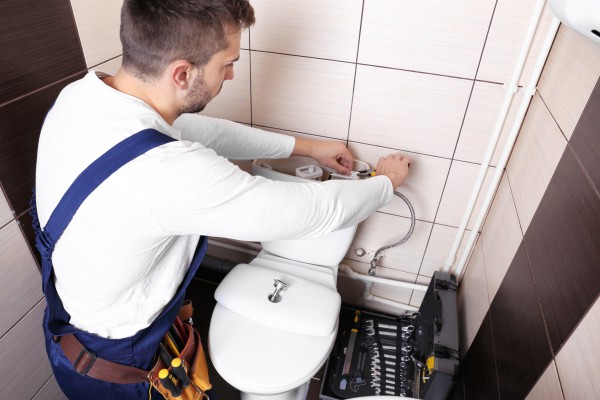Water damage restoration can be quite expensive, depending on the amount of work that needs to be done. However, there are certain things that can help reduce the costs of the project.
First, it is important to contact a professional immediately. This will ensure that the area is cleaned quickly, minimizing the amount of damage.
Identifying the Source of the Leak
The first step in repairing water damage is to identify the source. This can be difficult to do if the problem is not visible, but there are a few clues that you should look for. These include higher-than-normal water bills, stains on the walls or ceilings, and strange odors.
If you find any of these signs, it is a good idea to contact a professional for help. They will be able to track down the leak and fix it as quickly as possible.
It’s also important to dry out the area as quickly as possible. Standing water can breed mold and mildew, which can cause serious health problems if not dealt with promptly. Floor fans, wet/dry vacs, and dehumidifiers are all great tools to use in this situation.
Documenting the Damage
Before the water damage restoration process can begin, it’s important to document the extent of the damage. This can help determine what items can be saved and restored versus those that need to be replaced.
This is especially important for insurance companies, as it will give them a clearer picture of the cost of the restoration work. This can also help them determine what the cause of the water damage was, which may be helpful when filing an insurance claim.
Once the damage has been documented, it’s time to begin the cleanup and drying process. This will typically involve removing any unsalvageable building materials, such as drywall down to the studs and carpeting and carpet padding. This can help speed up the drying process and prevent the development of mold and mildew.
Getting Rid of the Moisture
Wet materials create the perfect breeding ground for bacteria and mold. These can cause diseases and even trigger allergic reactions. Standing water and wet items also pose an electrical hazard, especially if they are not dried completely.
In as little as 24 hours, moisture can wreak havoc on porous materials like drywall and insulation. This can threaten the structural integrity of the home.
To help prevent this, it is important to begin the drying process as soon as possible. This can be done by using floor fans, wet/dry vacs, and dehumidifiers. It is also a good idea to open windows in the affected area so that the air can circulate. Also, remove any drenched furniture and carpets and keep them somewhere dry. This will reduce the damage caused by the water.
Contacting Your Insurance Company
If you have insurance, it’s important to file the claim as soon as possible. This will give your insurance company a chance to send an adjuster to survey the damage and make repairs. It will also allow them to get their hands on the money that you need for the cleanup process.
During the inspection and assessment, water restoration experts will check for moisture absorption by using hygrometers and other equipment. They will then classify the damage and estimate the amount of work needed to restore your home.
Remember to take photos of the damage before your insurance adjuster arrives. It’s also a good idea to keep receipts for any purchases you make, such as duct tape, fans, caulk, and tarps. You can use these to prove that you’ve done everything you can to protect your home from additional damage.
Hiring a Professional
When a home is affected by water damage, it is important to hire professionals for restoration and cleanup. They have the tools and equipment to do a thorough job. They also know which materials can be restored and which need to be replaced. They can use commercial air movers and dehumidifiers to speed up the drying process. They can disinfect areas that have been contaminated by bacteria, mold, and other microbes.
Look for IICRC-certified professionals. This means that they follow the strict industry standards to mitigate, clean, and restore homes. They will conduct a thorough inspection using hygrometers and moisture detectors to determine how much moisture is in the impacted area. They will then remove the moisture, dry and sanitize the area, and return it to its previous state.






